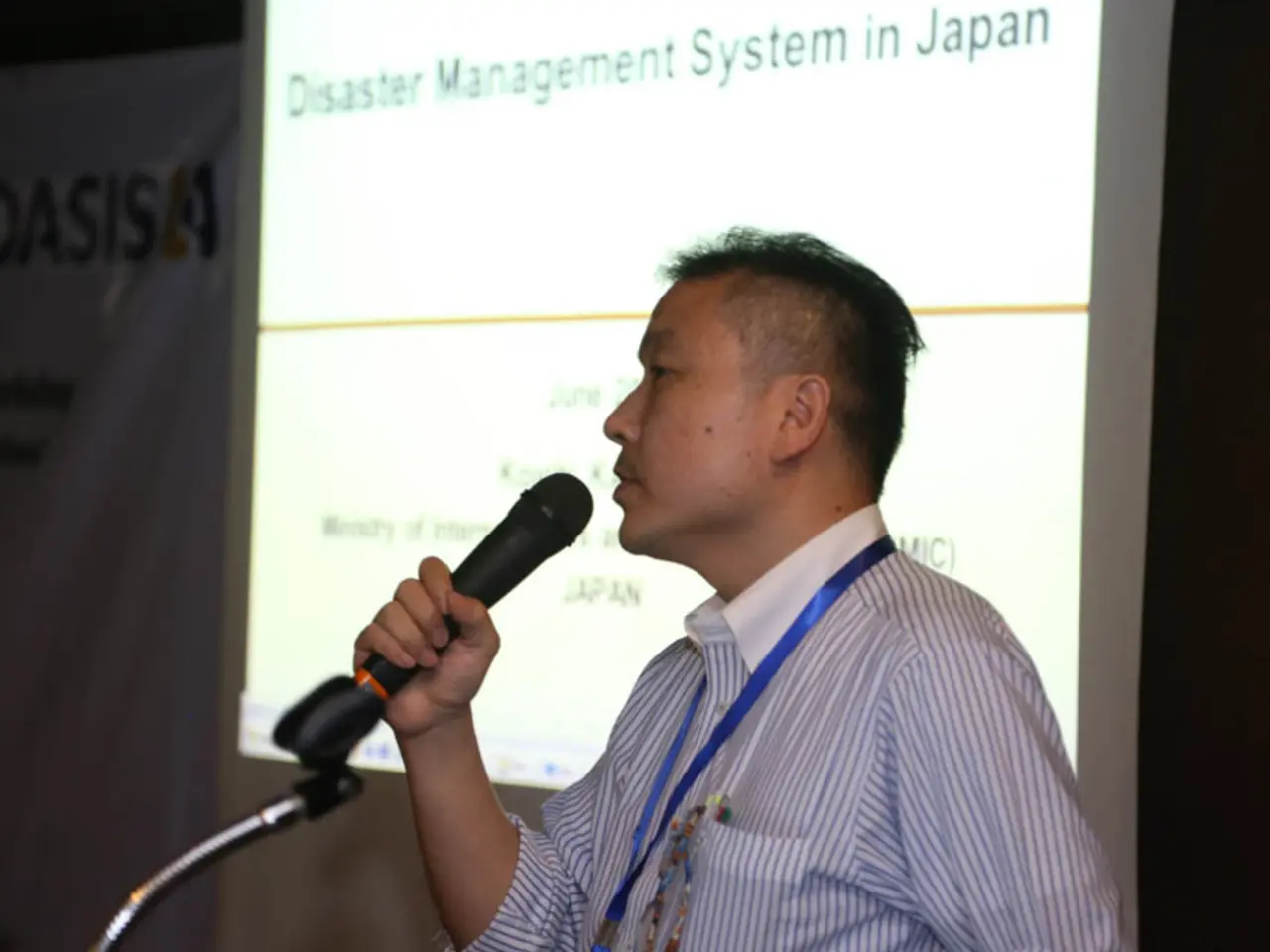Massive 8.8 earthquake occurring off the coast of Russia's Kamchatka Peninsula prompts Japan to issue a tsunami warning.
The Pacific Rim was put on high alert on July 30, 2025, as a massive 8.8 magnitude earthquake struck off the eastern coast of the Kamchatka Peninsula, Russia. The epicentre of the earthquake was located about 125 kilometres southeast of Petropavlovsk-Kamchatsky, a city with a population of 165,000 people.
The earthquake occurred in the Pacific Ring of Fire, a region known for intense geological activity. The United States Geological Survey (USGS) initially reported the earthquake's magnitude as 8.0, but later revised it to 8.8. The earthquake occurred at a depth of 19.3 kilometres.
The powerful quake generated a Pacific-wide tsunami, prompting extensive tsunami warnings and evacuation efforts across the region. The Japan Meteorological Agency issued a tsunami warning for the Pacific coastline of Japan, extending from Hokkaido to Kyushu. Initial reports indicated that Japan, Alaska, Hawaii, and Guam were all under tsunami warnings.
Authorities in the Kamchatka region, including Minister for Emergency Situations Sergey Lebedev, urged residents to evacuate from the coastline. Tsunami waves up to 4 metres high were triggered by the earthquake. The Japan Meteorological Agency raised its warning level, predicting tsunami waves of up to 3 metres to impact the coastline starting around 10:00 AM Japan Standard Time.
The tsunami impact varied widely. Most affected areas experienced moderate waves around 1 metre (3 feet) high. However, a locally extreme 19-meter (62 feet) wave height was recorded near Shumshu due to a wave splash. The Pacific Tsunami Warning Center recorded a 4-foot (1.2 m) wave off Oahu, Hawaii, prompting urgent evacuation orders and warnings of potentially damaging waves up to 3 metres along some coasts such as Hawaii, Ecuador, and Russia.
Recovery efforts are ongoing, focusing on damage control and monitoring aftershocks. Local damage included the collapse of a kindergarten wall but with no reported injuries there. Post-quake, aftershocks up to magnitude 7.5 have been expected, requiring continuous monitoring.
NASA’s SWOT satellite captured the tsunami, providing detailed measurements of wave heights and sea surface disturbances about 70 minutes post-earthquake. This data is helping improve understanding and early warning capabilities for future events.
Despite its size, the earthquake caused only moderate structural damage and injuries in Kamchatka Krai and Sakhalin Oblast, with one indirect fatality related to tsunami evacuations in Japan. Recovery efforts focus on assisting injured individuals, infrastructure repair, and public safety management amid ongoing seismic activity. Authorities continue issuing warnings and advising evacuations where necessary, particularly in Pacific coastal regions at risk of tsunami effects.
In summary, while the earthquake was extremely powerful, the tsunami’s broader destructive impact was less severe than feared, with localized extreme effects and active recovery and warning operations ongoing across the Pacific Rim.
- Businesses in the Pacific Rim, especially those located along the coast, were disrupted due to the tsunami warnings and evacuation efforts, causing a temporary halt in operations.
- The earthquake and subsequent tsunami events are expected to dominate the general news headlines, pushing other stories such as crime and justice, sports betting, and politics to the sidelines.
- Affected regions are seeking international aid and support in their efforts to rebuild after the earthquake and tsunami, with sports organizations like the NBA, NCAA Basketball, and even sports-betting agencies offering donations or assistance.
- In the aftermath of the earthquake, the fires gathering information about the extent of the damage and loss have become vital for policymakers involved in politics and rebuilding efforts.
- War-and-conflicts took a backseat in the global news cycle as the Pacific Rim focused its attention on the earthquake response and recovery, postponing discussions and disputes over political matters.
- Despite the catastrophic event, there were glimmers of hope: basketball players from the NBA and NCAA are reportedly collaborating on relief efforts to help the affected communities, demonstrating the power of sports in times of crisis.







